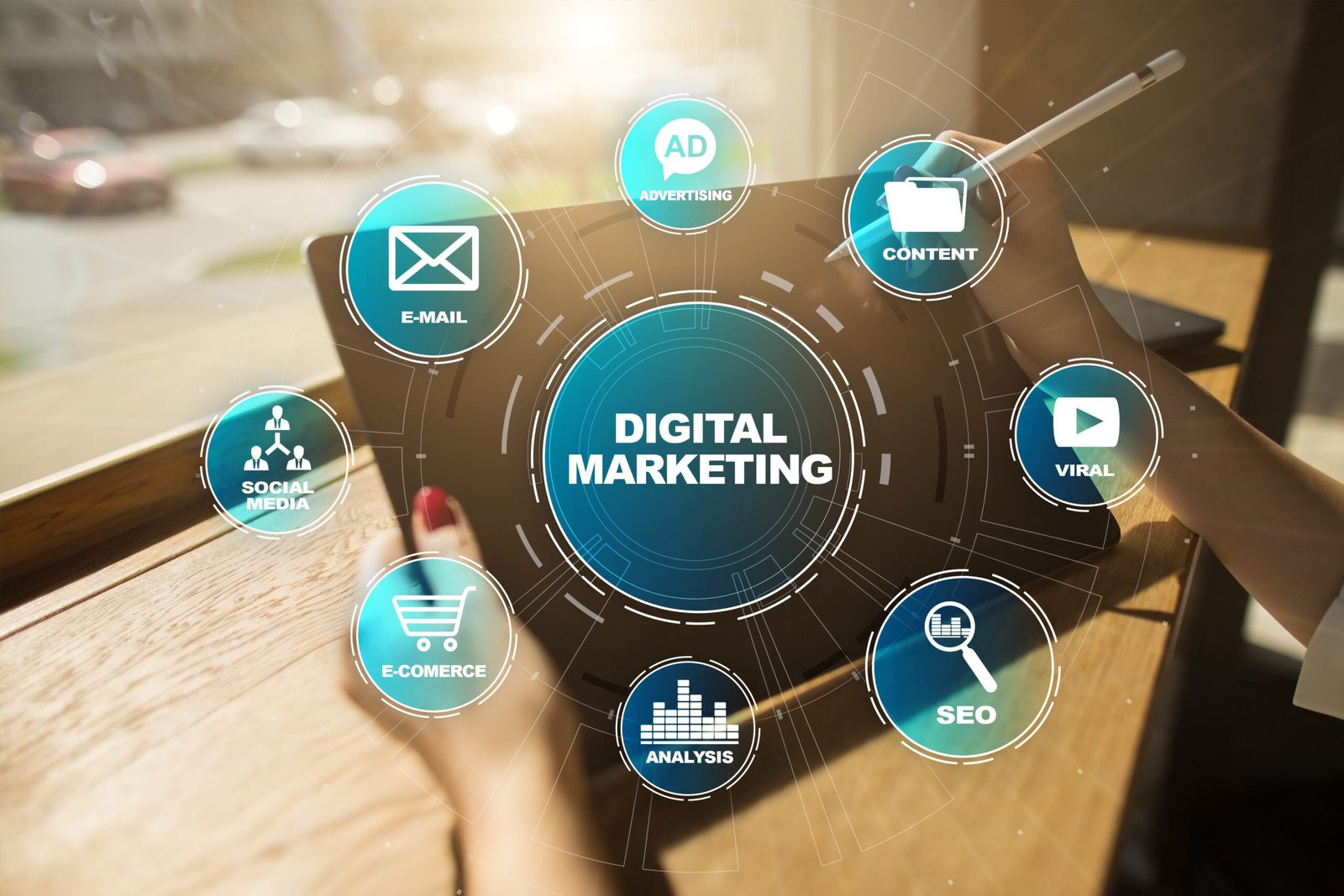Shopify has been the go-to platform for e-commerce businesses of all sizes, and with each passing year, it continues to evolve and improve. As we look ahead to 2023, there are several Shopify development trends that businesses should consider to stay ahead of the competition. In this article, we’ll explore these trends and how they can benefit your business.
Table of Contents
- 1 Shopify Development Trends in 2023
- 1.1 1. Headless Shopify
- 1.2 2. Personalization
- 1.3 3. Voice Commerce
- 1.4 4. Augmented Reality (AR)
- 1.5 5. Multi-Channel Selling
- 1.6 6. Mobile Optimization
- 1.7 7. Sustainability
- 1.8 8. Chatbots and AI
- 1.9 9. Subscription models
- 1.10 10. Social media integration
- 1.11 11. Faster checkout
- 1.12 12. Video content
- 1.13 13. Advanced Analytics
- 1.14 14. Localization
- 1.15 15. Influencer marketing
- 1.16 16. Dynamic pricing
- 1.17 17. Progressive web apps (PWAs):
- 2 Shopify Development Demand in 2023
- 3 Conclusion
Shopify Development Trends in 2023
1. Headless Shopify
Headless Shopify is a relatively new trend that is gaining traction in the e-commerce world. In simple terms, headless Shopify means separating the front end and back end of the platform. This approach allows businesses to create their own custom frontend experiences using the programming language of their choice. This is a great option for businesses that require a unique and customizable storefront. The use of headless Shopify also enables businesses to create their own mobile apps that integrate with the platform.
2. Personalization
Personalization is a crucial aspect of Shopify website development services that have been around for a while. It involves tailoring the shopping experience to suit the preferences of each customer. With personalization, businesses can offer individualized product recommendations, customized emails, and personalized landing pages. In the year 2023, personalization will continue to be a significant trend as companies aim to provide a more immersive and personalized shopping experience for their customers.
3. Voice Commerce
Voice commerce is another trend that is gaining momentum. With the rise of smart speakers and voice assistants, more and more people are using their voices to search for products and make purchases. Shopify has already made moves in this direction by partnering with Amazon Alexa to allow merchants to offer voice-enabled shopping experiences. In 2023, we can expect to see more businesses using voice commerce to reach their customers.
4. Augmented Reality (AR)
Augmented reality is a technology that has been around for a while, but it’s only recently that it has started to make an impact in the e-commerce world. AR allows customers to visualize products in real-time, which can be especially useful when it comes to products that require a visual representation. For example, furniture or clothing. Shopify has already introduced AR capabilities, and in 2023 we can expect to see more businesses taking advantage of this technology.
5. Multi-Channel Selling
Multi-channel selling is the practice of selling products through multiple channels, such as social media, marketplaces, and online stores. This approach allows businesses to reach customers wherever they are, and it can help to increase sales and brand awareness. In 2023, multi-channel selling will continue to be an important trend in Shopify development, as businesses look for new ways to expand their reach.
6. Mobile Optimization
Mobile optimization has been a key trend in e-commerce for several years, and it continues to be a priority for businesses. With more and more people using their smartphones to shop, it’s essential that businesses optimize their websites for mobile devices. Shopify has already made great strides in this area, and in 2023 we can expect to see even more businesses prioritizing mobile optimization.
7. Sustainability
Sustainability is an increasingly important trend in all areas of business, and e-commerce is no exception. Consumers are becoming more conscious of their impact on the environment, and they are looking for businesses that share their values. In 2023, we can expect to see more businesses adopting sustainable practices, such as using eco-friendly packaging and reducing waste.
8. Chatbots and AI
Using chatbots and AI-powered customer service can help businesses provide personalized and efficient support to their customers.
9. Subscription models
Subscription-based businesses are becoming increasingly popular, and Shopify has already introduced subscription features to its platform.
10. Social media integration
Integrating social media into e-commerce stores can help businesses reach new customers and increase engagement.
11. Faster checkout
In 2023, businesses should prioritize making the checkout process as fast and seamless as possible to reduce cart abandonment.
12. Video content
Integrating video content into e-commerce stores is an effective content marketing service that can help businesses to effectively showcase their products and boost customer engagement.
13. Advanced Analytics
With the help of advanced analytics tools, businesses can gain insights into customer behavior and improve their marketing strategies.
14. Localization
As e-commerce becomes increasingly global, businesses should prioritize localizing their content and marketing strategies to appeal to customers in different regions.
15. Influencer marketing
Partnering with influencers can be a great way for businesses to reach new audiences and increase brand awareness.
16. Dynamic pricing
Using dynamic pricing strategies can help businesses optimize their pricing and increase sales.
17. Progressive web apps (PWAs):
PWAs are web applications that function like native mobile apps, providing a seamless and fast mobile shopping experience. In 2023, we can expect to see more businesses adopting this technology.
Shopify Development Demand in 2023

Shopify has been growing steadily in recent years, and the platform is showing no signs of slowing down. With the increasing popularity of e-commerce, Shopify is well-positioned to continue its growth in 2023 and beyond. Here are some of the factors that are contributing to the growth of Shopify’s development:
Increasing demand for online shopping: Many digital marketing agency has started providing SEO and PPC services due to the increasing demand for online shopping. With more and more people turning to online shopping, e-commerce platforms like Shopify are becoming increasingly popular. In 2023, we can expect to see continued growth in the e-commerce industry, which will benefit platforms like Shopify.
User-friendly platform: Shopify has always been known for its user-friendly platform, and this is one of the factors that has contributed to its success. The platform is easy to use, even for those without a background in web development, making it accessible to businesses of all sizes.
App Store and integrations: Shopify’s app store and integrations allow businesses to customize their stores with a wide range of features and functionalities. This flexibility is one of the reasons why many businesses choose Shopify over other e-commerce platforms.
Strong community: Shopify has a strong community of developers, designers, and merchants who contribute to the growth and success of the platform. This community helps to keep the platform up-to-date with the latest trends and technologies.
International expansion: Shopify has been expanding into new markets, including Asia and Europe, which has contributed to its growth. As the platform continues to expand globally, it will be able to reach new customers and increase its user base.
Conclusion
these are some of the Shopify development trends that businesses should consider in 2023. From headless Shopify to sustainability, these trends can help businesses to stay ahead of the competition and provide a more engaging and relevant shopping experience for their customers.






